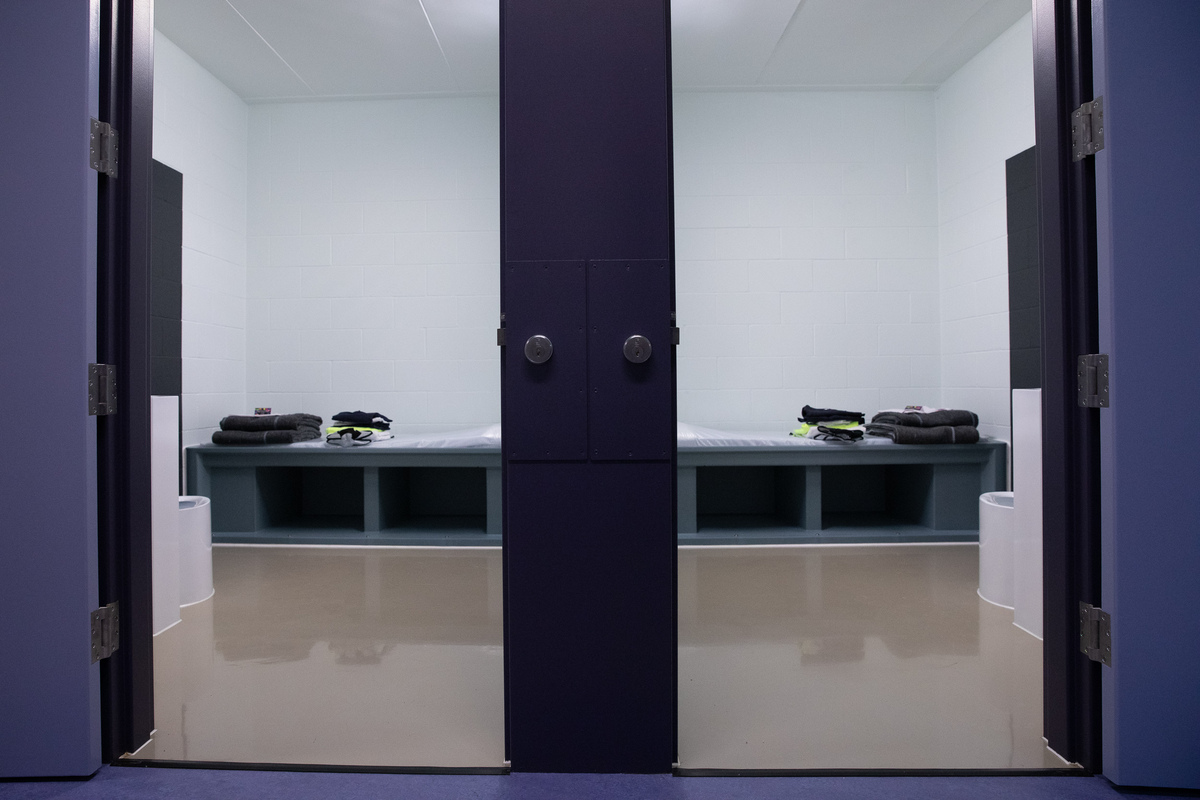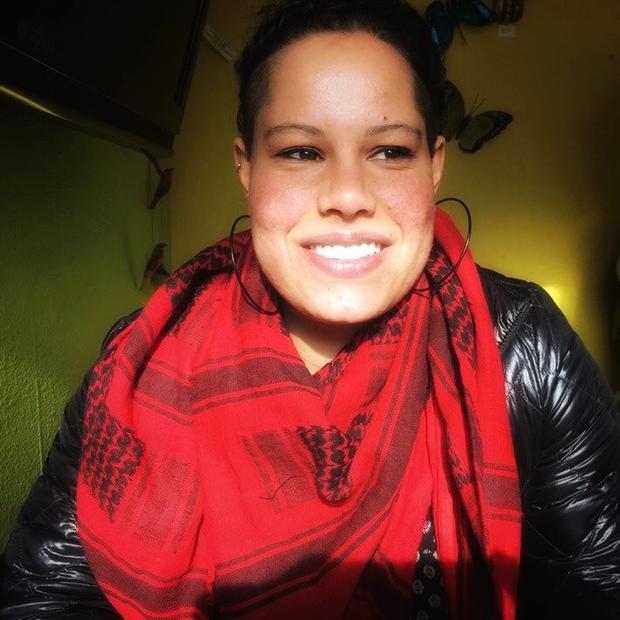As juvenile crime decreases across the nation, including in King County, we are investing vast amounts of money in a facility whose primary purpose is to separate families and to prosecute and incarcerate children — acts that we know, based on social science and past precedent, do more to decrease public safety and increase “crimes of poverty” than they do to eliminate or deter violence. In fact, some would say this new facility is a systemic act of violence upon those communities most affected by the housing crisis, systemic racism and gentrification.
On Jan. 30, I toured the new youth jail with a group of community partners. The entrance, open and bright, nearly makes you forget you are in a courthouse with a jail just inches beneath your feet. The first-floor courtrooms look just like those at Seattle Municipal Court — a terrifying sign of the future for which King County is grooming our children. If you’ve ever been to the Department of Social and Health Services to apply for services, the new Justice Bobbe Bridge Resource Center, with its visitor windows, will inevitably trigger the trauma of long waits and case managers telling you to come back tomorrow to hurry up and wait some more.
The jail itself is whitewashed cement, with smatterings of color and murals, which allegedly were inspired by the thoughts and creativity of incarcerated youth. These are intended to make the jail warmer and more inviting. The gym is half the size of the old gym, and the outdoor areas are smaller than my one-bedroom basement apartment. The four-story high walls mean an incarcerated youth will be able to see the sun only if it is high noon and skies are clear. The cages are smaller than the old cells, but the walls are partly covered with chalkboard paint upon which the youth can “therapeutically” write their thoughts. Hopefully these chalked-out musings will not be used against them in court. In this facility, youth who have never had the opportunity to have their teeth cleaned in their home communities will be able to receive such services as inmates.

As I exit the facility after the two-hour tour, Judge Judith Ramseyer tells us how much more therapeutic and dignified this facility is for our communities. How families in crisis and children facing prosecution will be able to do so with more privacy and respect. This new facility, where King County puts children in cages and separates families. This new facility, which is nicer than most Title I schools in our county. This new facility, with the most up-to-date surveillance technology, from computers to screens to airportlike body scanners.
I leave the premises upset that the nicest building most youth incarcerated in King County will ever enter will be a courthouse and jail and not their school or home. And I suppose therein lies the biggest problem: We invest more time, money and intention into this new jail and courts than we do in the homes and schools of youth and families who will have to enter this facility.
King County public officials want us to believe they are committed to “zero youth detention.” They want us to believe this as they open up a new facility with space to incarcerate 146 youth. They want us to believe this as they refuse to invest sufficient amounts of money to actually address the root causes of poverty and systemic racism that force children and families into the criminal legal system and school-to-prison-pipeline in the first place.
During my tour, as I listened to the self-justifications and self-congratulations, it became ominously clear that those who run the courts and juvenile detention believe that some youth are destined to enter the criminal legal system. With leaders who hold such beliefs, I am not sure how we will ever dismantle the school-to-prison pipeline and achieve zero youth detention in King County.
At the end of the day, all of the bright colors, the murals and new fixtures are lipstick on a pig. They are a poor attempt to cover up the truth. Martin Luther King Jr. County government does not actually believe in zero youth detention.



